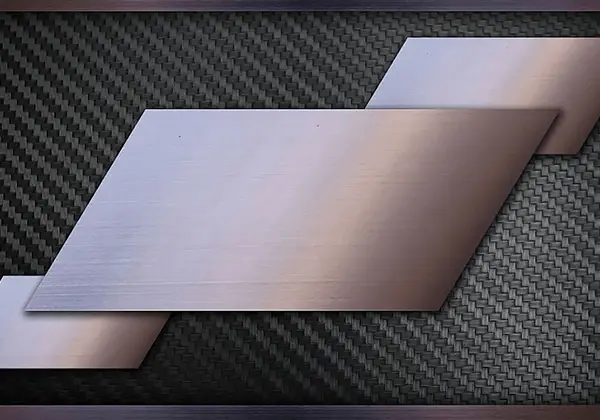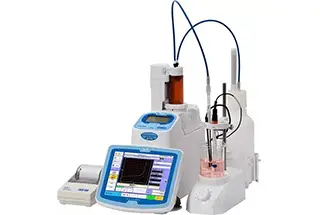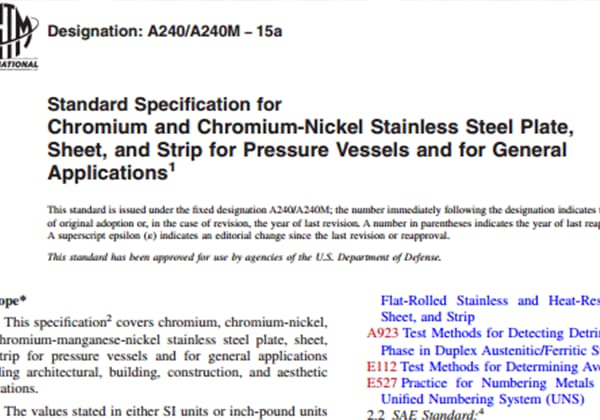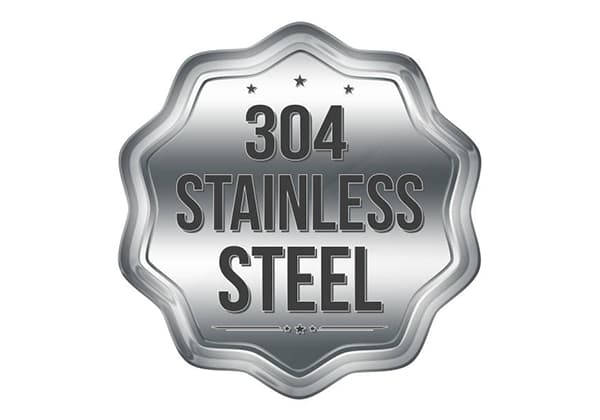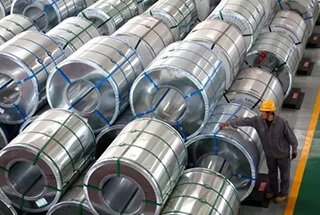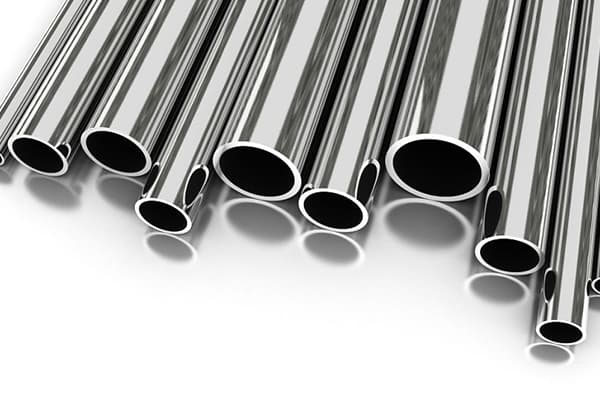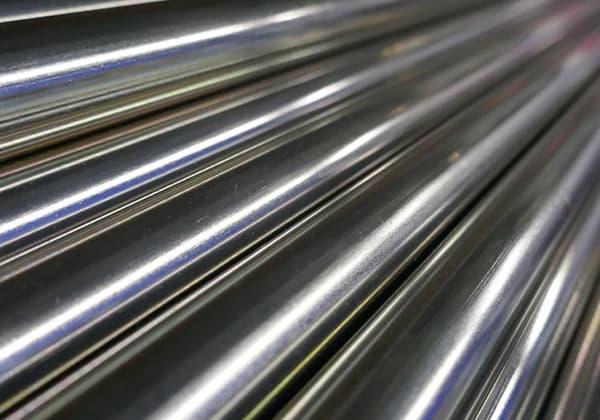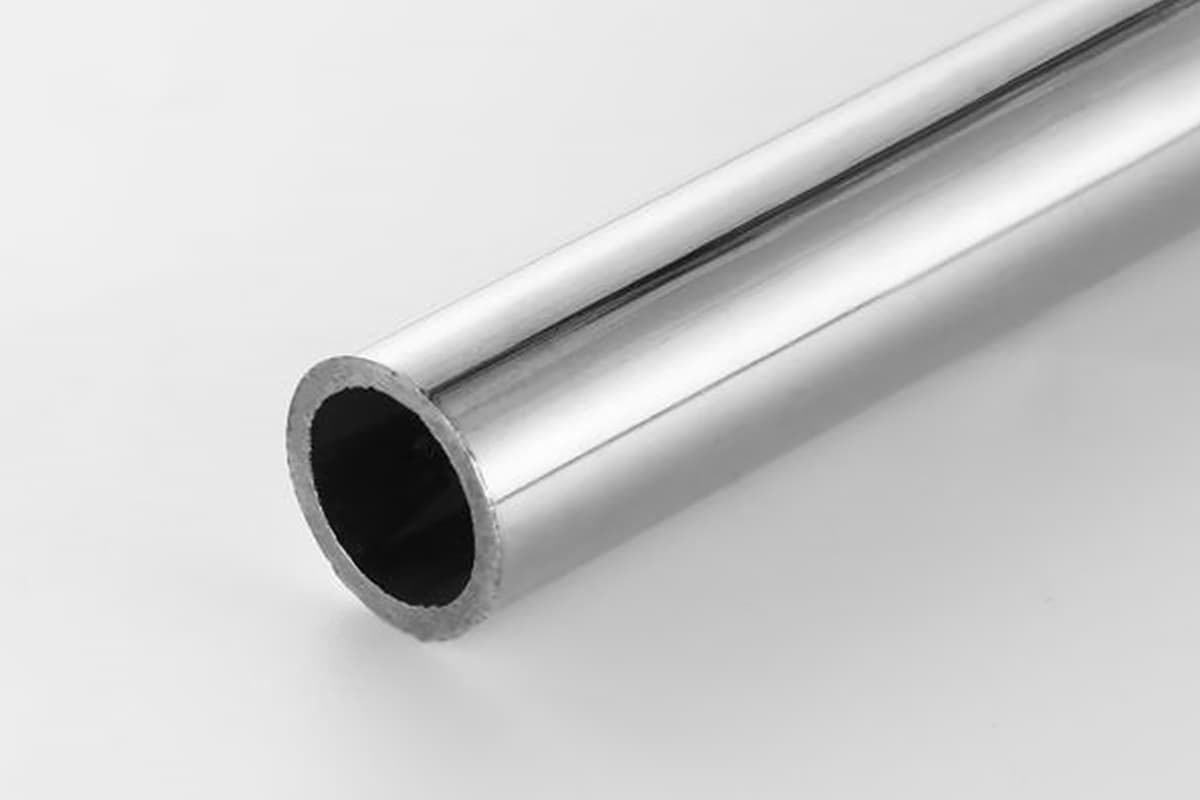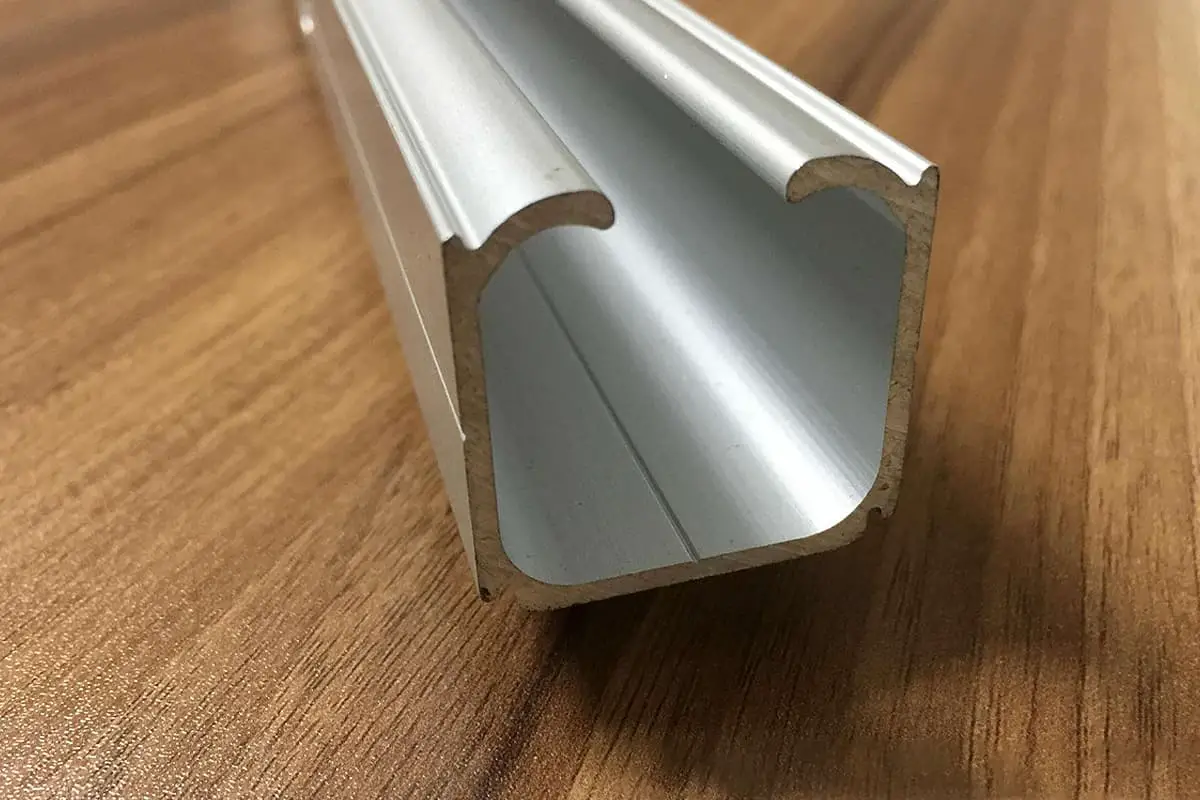
What makes 316L stainless steel a top choice for critical applications? Its unique chemical composition, which includes chromium, nickel, and molybdenum, gives it superior corrosion resistance and mechanical properties. This article delves into the specific elements and their proportions that define 316L stainless steel, comparing international standards and explaining how these variations impact its performance and suitability for different environments. By understanding these details, you’ll learn how to select the right stainless steel for your needs.
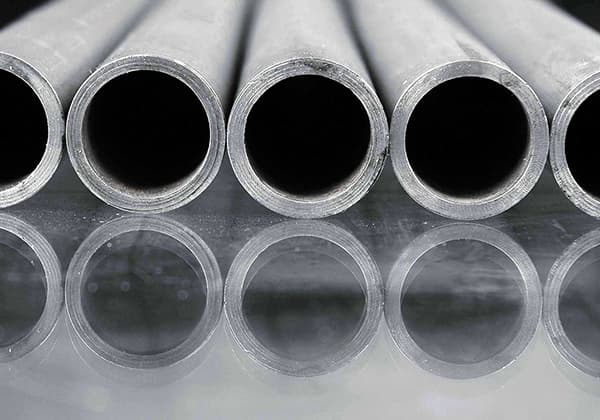
The composition of 316L stainless steel primarily consists of iron (Fe) as the base element, with significant amounts of chromium (Cr) and nickel (Ni), along with molybdenum (Mo) as a key alloying element. 316L is designated under the American Iron and Steel Institute (AISI) system, with equivalent grades being SUS316L in the Japanese Industrial Standards (JIS) and 022Cr17Ni12Mo2 in the Chinese National Standard (refer to the comprehensive comparison chart of international stainless steel material standards for detailed correlations).
While the general composition remains consistent, the specific chemical requirements for 316L stainless steel can vary slightly between different national and international standards. For example:
1. Nickel (Ni) content:
2. Chromium (Cr) content:
3. Molybdenum (Mo) content:
4. Carbon (C) content:
The slight variations in composition requirements, particularly the higher nickel content in the Japanese standard, can influence properties such as corrosion resistance, formability, and cost. These differences may be attributed to specific industrial applications, historical developments, or regional material availability.
When selecting or specifying 316L stainless steel, it’s crucial to consider the applicable standard for the intended application and ensure compliance with local regulations. Additionally, the slight compositional variations may affect welding procedures, heat treatment protocols, and overall performance in specific corrosive environments.
Related reading: 316 vs 316L Stainless Steel

The iron content (Fe) of 316 stainless steel accounts for approximately 69%, and the composition of 316L stainless steel consists of other alloy elements apart from iron. For detailed information on the chemical composition content of 316L material, refer to the comparison table.
National Standard 316L Stainless Steel Composition Comparison Table (Element Content Ratio)
| Standard name | UNS No. | Grade | C | Mn | P | S | Si | Cr | Ni | Mo | N |
| American standard ASTM A240M-15a | S31603 | 316L | 0.03 | 2 | 0.045 | 0.03 | 0.75 | 16-18 | 10-14 | 2-3 | 0.1 |
| Old China standard GB24511-2009 | S31603 | 022Cr17Ni12Mo2 | 0.03 | 2 | 0.035 | 0.02 | 0.75 | 16-18 | 10-14 | 2-3 | 0.1 |
| New China standard GB/T24511-2017 | S31603 | 022Cr17Ni12Mo2 | 0.03 | 2 | 0.035 | 0.015 | 0.75 | 16-18 | 10-14 | 2-3 | 0.1 |
| Japanese standard JISG4305:2005 | – | SUS316L | 0.03 | 2 | 0.045 | 0.03 | 1 | 16-18 | 12-15 | 2-3 | – |
| European Standard EN10028-7:2007 | – | 1.4404 | 0.03 | 2 | 0.045 | 0.015 | 1 | 16.5-18.5 | 10-13 | 2-2.5 | 0.1 |
Note: the proportion is a percentage, i.e. “%”;
Except for the indicated range, all the ingredients listed in the table are maximum values;
The performance and application limitations of stainless steel are primarily determined by its chemical composition, with production processes and technologies playing a secondary role. Therefore, selecting the most suitable and cost-effective steel grade requires careful consideration of material properties, operating environment, processing requirements, and budgetary constraints.
316L stainless steel, distinguished by its unique chemical composition, offers distinct physical and chemical properties that set it apart from other grades such as 304 and 321. The addition of molybdenum in 316L significantly enhances its corrosion resistance, particularly against chlorides and other halides, making it superior for specific applications.
When selecting 316L stainless steel, it is crucial to refer to internationally recognized chemical composition standards. These include designations such as SUS316L (Japanese Industrial Standard), UNS S31603 (Unified Numbering System), and 1.4404 (European Standard). While these standards are largely consistent, minor variations in elemental content may exist, particularly for phosphorus, sulfur, silicon, and nickel. These slight differences can impact the steel’s performance in specific environments or applications.
Key features of 316L stainless steel that influence its application recommendations include:
When considering 316L stainless steel for an application, it is essential to evaluate:

